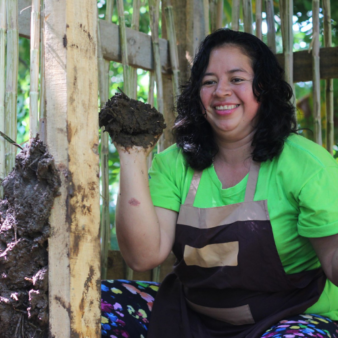In September 2017, Mexico was shaken by two powerful earthquakes. The first occurred on 7 September in the Pacific Ocean, close to south-western states of Oaxaca and Chiapas and was followed just 12 days later by an independent earthquake (not an aftershock) near the metropolis of Puebla and only 120 km away from Mexico City. Santiago Niltepec, in the state of Oaxaca, was badly damaged by the first 8.2 magnitude earthquake, which destroyed four in every five of the rural town’s buildings.
The reconstruction programmes which followed fell into two top-down approaches. The first offered public subsidies for affected households, depending on the severity of the damage (with a maximum subsidy of $120,000 MXN, ($6000 USD) per plot in case the constructions are destroyed or cannot be repaired). These subsidies were often transferred by the population to housing developers to receive a turnkey new housing unit. The second involved the construction of free new homes, funded by international companies for some of the families who were left out of the first option. In both cases, the buildings usually followed a standard model, which is inadequate for the local climate, of low quality, and with no regard to local culture or traditional architecture. Both programmes were open to fraud and abuse, with some developers incentivising residents to destroy partially damaged, traditional homes – that could have been repaired – in order to access a new one.
Some households in Santiago Niltepec were excluded from these programmes due to their political affiliations, problems with data collection, or because of their precarious housing situation before the earthquake – leaving the most vulnerable families without any form of support.
Shortly after the disaster, the town was visited by Programa VACA A.C. (VACA), a civil society organisation focusing on sustainable community building projects in rural and indigenous communities. VACA assisted local organisations handing out emergency help packages and assessed the structural damage, including technical consultations on surviving structures to evaluate their safety.
Through its diagnostic work, VACA identified the most vulnerable families who were excluded from the government’s reconstruction support and who wanted to participate in the collective construction of their new homes. This involved an initial group of 20 households but eventually, some of them chose a free home offered by another company. VACA worked with only four families and their houses were completed in December 2018, rehousing 18 people.
The project in practice
VACA is a multi-disciplinary team made up of six part-time professionals. The organisation has worked since 2013 in rural indigenous communities in several Mexican states and has also implemented a project in India. VACA uses a collaborative approach and all work is carried out by its team, the beneficiaries, and volunteers from across the country – most of whom are working in architecture and design and want to learn how to use sustainable local construction techniques, as well as inclusive and collaborative building tools, and resources to reinforce community skills.
VACA believes there is a need to radically transform the thinking around the way social architecture is produced, what it should look like, and who can participate in developing it. The organisation is committed to promoting qualitative change in the way housing is provided in vulnerable communities.
Through its work in Santiago Niltepec, VACA aimed to address four key issues:
- housing poverty;
- the loss of sustainable local building techniques;
- the culture of handouts that prevails in housing programmes; and
- gender discrimination in construction.
To identify the beneficiary households, VACA’s team met with local people to listen to their stories and enquire about the condition of their homes. Residents were invited to local meetings, where VACA outlined its inclusive approach to construction using natural materials. Beneficiaries needed to be willing to participate actively in all stages of the project. VACA visited all households expressing an interest in participation to assess space and check property titles to ensure families would be protected from potential future evictions.
This initial process targeted the most vulnerable families who were not eligible for government support. A collaborative environment was fostered to encourage women to take an active part in the process, prioritising their views and needs.
Once a schedule of work, meals and rest was agreed with the four participating households and project volunteers, the collaborative design process began. The families, designers and volunteers made the drawings of each of the houses, according to the residents’ needs, the plot’s characteristics and their immediate environment. The spaces for the future homes were drawn on the ground at 1:1 scale, taking into account each families’ habits and preferences, so they could imagine their home and modify it before starting the building process.
Construction ran from September to December 2018. All beneficiary families participated actively in the organisation of activities surrounding the building process, as well as building the homes themselves, alongside volunteers and VACA’s staff.
Local design and construction techniques are combined with modern earthquake-resistant modifications and the use of local natural materials to ensure safe, comfortable and durable buildings. For example, stone foundations reduce humidity and improve structural performance during earthquakes, while double-roofing prevents the transfer of excess heat inside the home. Rammed raw earth (usually known as Cobb or Blá) walls provide good insulation and traditional lime plaster provides cleaner surfaces inside, while protecting the exterior of the home from water damage.
Kitchens are equipped with fuel-efficient and smoke-free cooking stoves and given increased importance to ensure the comfort and good health of those working inside the home. They are also strategically located so heat does not spread to the rest of the house. All spaces are designed to maximise natural light and to reduce energy consumption through efficient insulation and ventilation.
The intent to achieve a beautiful and culturally sensitive architecture is a key element of the project to ensure the homes are aspirational and aesthetically pleasing for their residents and a source of pride for volunteers.
VACA’s methodology achieves a 33% reduction of costs compared to market alternatives, and the families do not need to get into debt. The homes built by the project are of better quality and almost double the size of those of government reconstruction programmes. Each house is around 72sqm with an average cost of $157,500 MX ($8,000 USD), including transport, tools, materials, food for all the people involved and their families, as well as administrative costs. In comparison, government-subsidised housing is 36sqm and costs $120,000 MX ($6,000 USD) – to which many people had to add credit – with a standardised design that is inadequate for the environment, does not involve the community in the process, and uses industrialised materials with a high negative environmental impact. Furthermore, the quality of the buildings is low, and in some cases, they are not anti-seismic. The building process of the four houses lasted four months (including the finish works, the stoves construction, and the connection to the utility grid).
Funding
The cost for the reconstruction of the four houses in Santiago Niltepec was $630,000 MX ($32,000 USD), which paid for tools, transport, and materials, as well as food for everyone during construction (staff, volunteers and residents).
VACA operates with an annual budget that ranges between $120,000 – $600,000 MX ($6,000 – $30,400 USD), depending on the projects that are carried out and the amount of funding secured. VACA’s funding comes from donations, awards and grants, many of which are from overseas and from recurrent donors. VACA’s administrative staff members are the only ones who receive salaries. VACA’s director works pro bono, and the teaching team received a payment just for the services they provided during the project.
As part of the fundraising efforts, all volunteers are asked to donate a small sum to participate. The costs vary per programme but are usually around $3,000 – $5,000 MX ($152 – $253 USD) for a project lasting between two-weeks and four months. Bursaries are available to ensure the programme is inclusive, especially for communities that benefit the most from learning about natural and self-managed construction.
The families who take part in the project do not make a financial contribution but are asked to provide labour and a commitment to the project and other beneficiaries. VACA provides free food during the construction programme to ensure beneficiaries on low or no income can participate in the project without having to worry about covering their basic needs.
Impact
The people housed by the project now have a permanent, safe, and comfortable home. Involvement in the construction process means families can later modify and maintain their home without the need to employ others or use industrial materials, since the materials used are mostly freely available. The design also results in lower energy costs for the household.
The project’s inclusive, collaborative processes increase solidarity and encourage skills development, as well as the use of self-management tools, transforming gender relationships and improving the sense of equality in the community. Good organisation, shared tasks and rotation of activities, mean that everyone, no matter their identity, age or gender, can take part in the physical construction of the homes. Of the participants in this project, nearly four in every five were women, people of diverse identities and children (who are included to the extent of their abilities and interests).
In total, 63 people were positively impacted by the project, including 18 direct beneficiaries, 32 volunteers, four VACA staff members and nine community members, who benefitted from the learning. When seeing the results, some neighbours – who had chosen free houses by private companies – said they had made a bad choice and should have stayed with VACA’s option which involved commitment in a mutual aid process, but produced much better results.
Identifying income-generating opportunities is an important feature of VACA’s programme and the organisation is still working with the community in Santiago Niltepec to develop a project based on the fair trade of a locally produced natural blue pigment.
Environmental concerns are central to VACA’s projects – they always use natural, local, and freely available materials during the construction process. Almost all materials (except for tin roofs) were sourced no further than 2km away from the site. Energy-efficient design, coupled with the inclusion of fuel-efficient stoves and composting toilets, further reduce the impact of the homes on the environment.
Expansion and transfer
VACA’s methodology is designed to be used in different geographical and cultural contexts and has so far been applied in six different states in Mexico and also in a village in India. VACA believes in co-operation over competition, and shares its data, methodology and experience with other organisations.
The volunteers who participate in VACA’s projects are encouraged to apply the knowledge and skills – they have gained – to their personal, academic and professional lives. As a result, at least five social support groups have been formed and VACA has collaborated with 12 organisations directly to transfer the approach.
While small in scale, the project in Santiago Niltepec proves that engaging a community in sustainable, culturally-sensitive design can produce high-quality housing that not only preserves the architectural heritage of the community, but also offers an inclusive and low-cost alternative to the prevailing top-down reconstruction programmes.
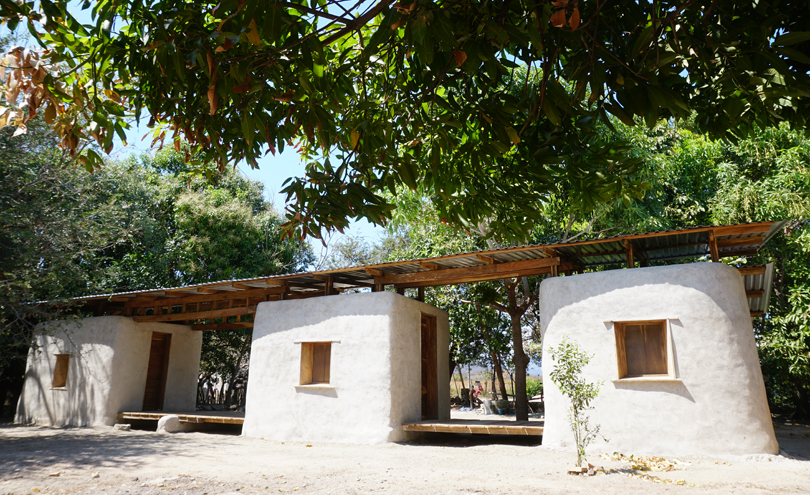
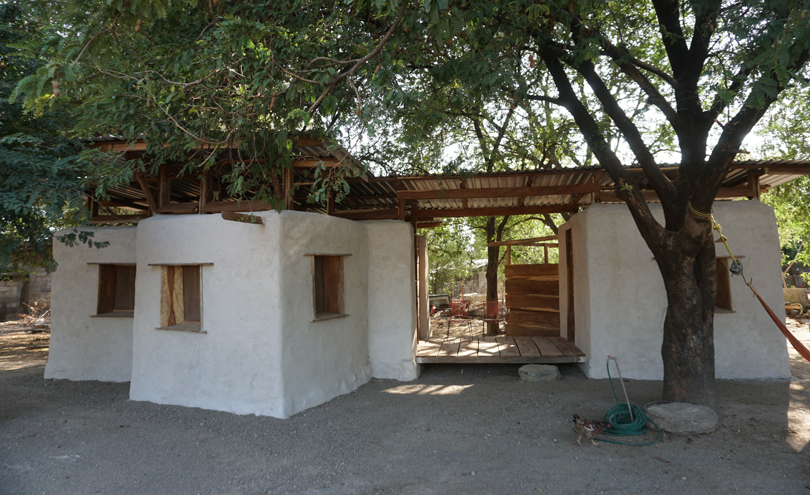
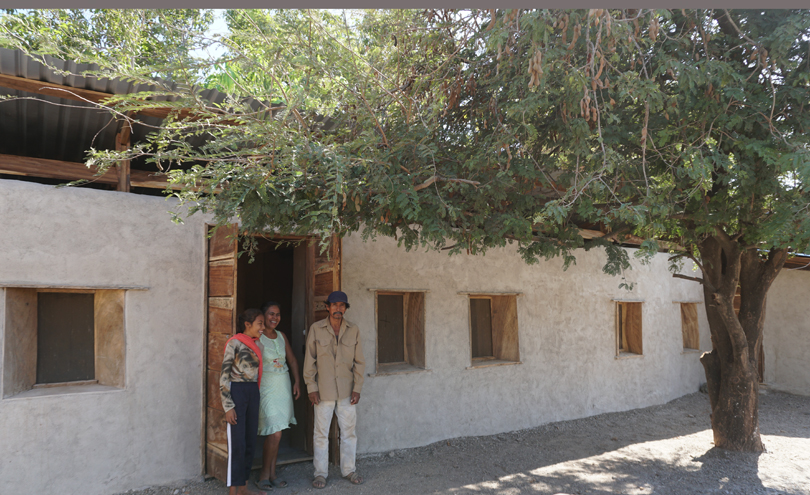
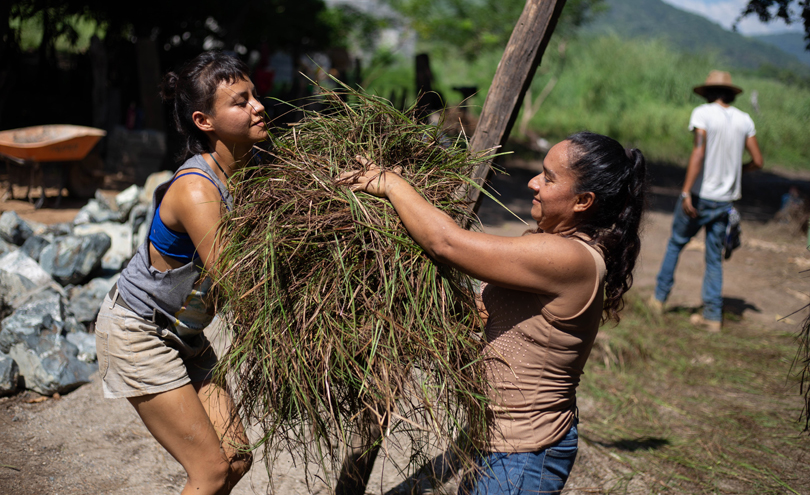
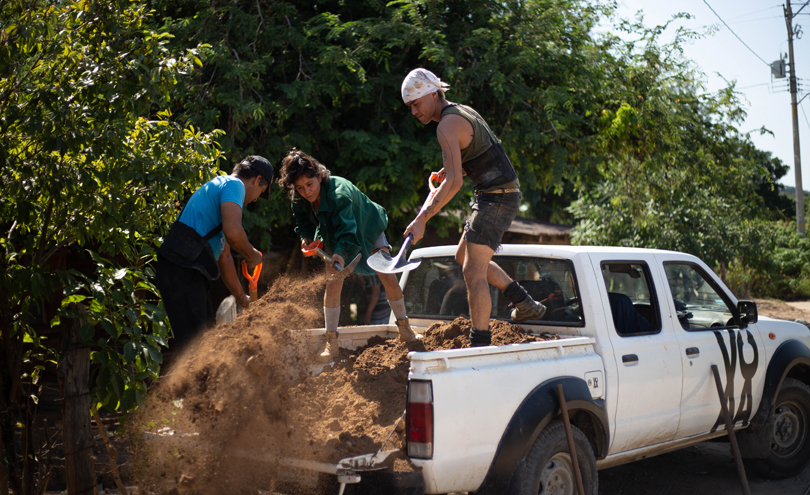

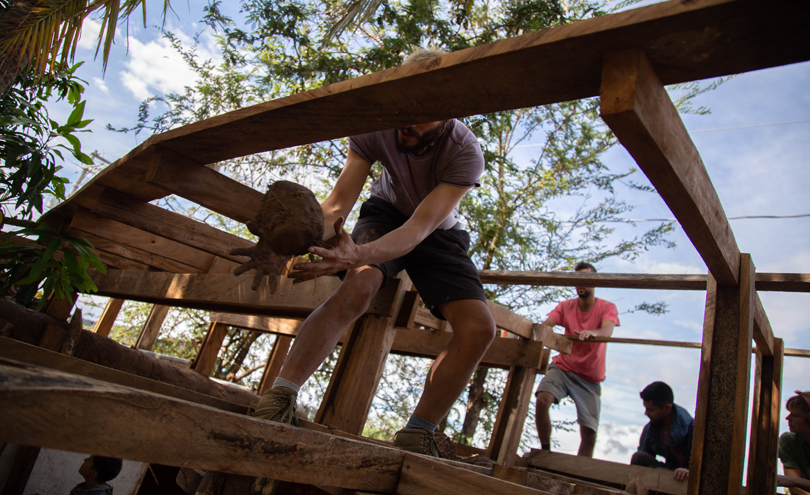
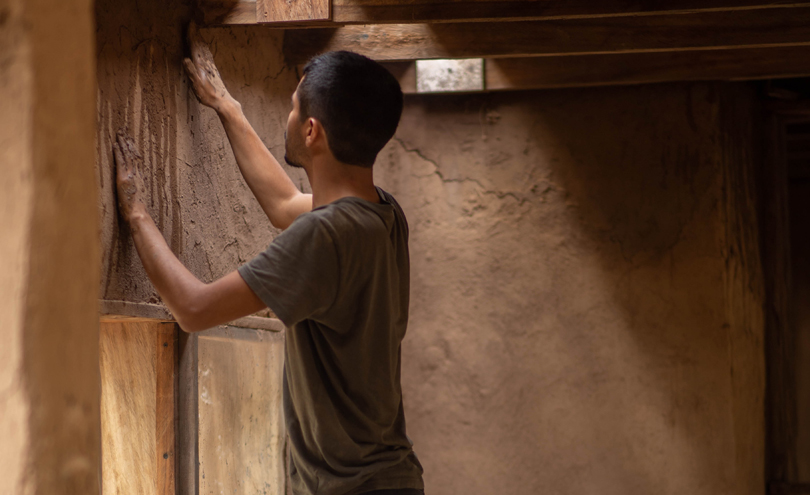
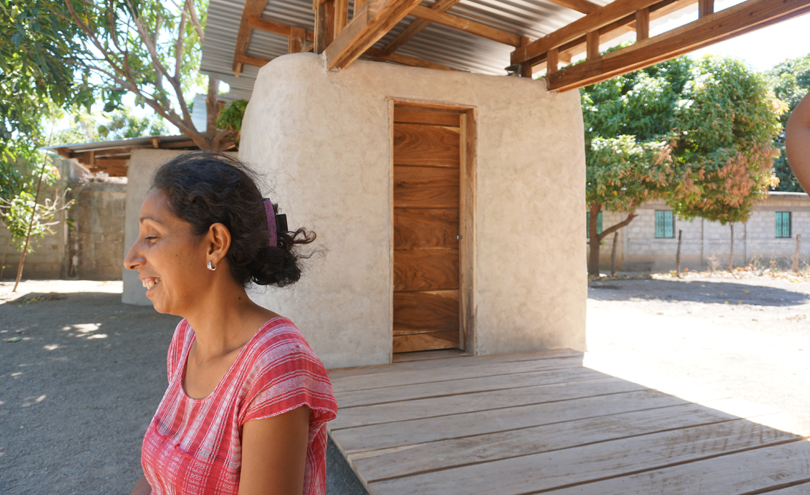


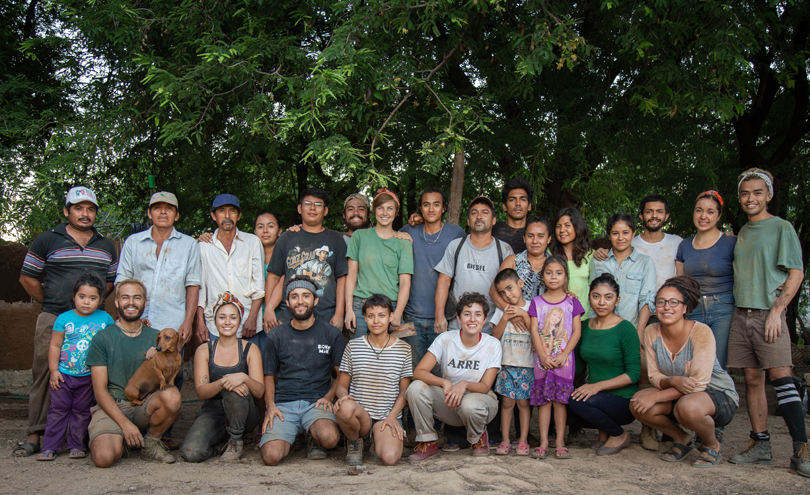

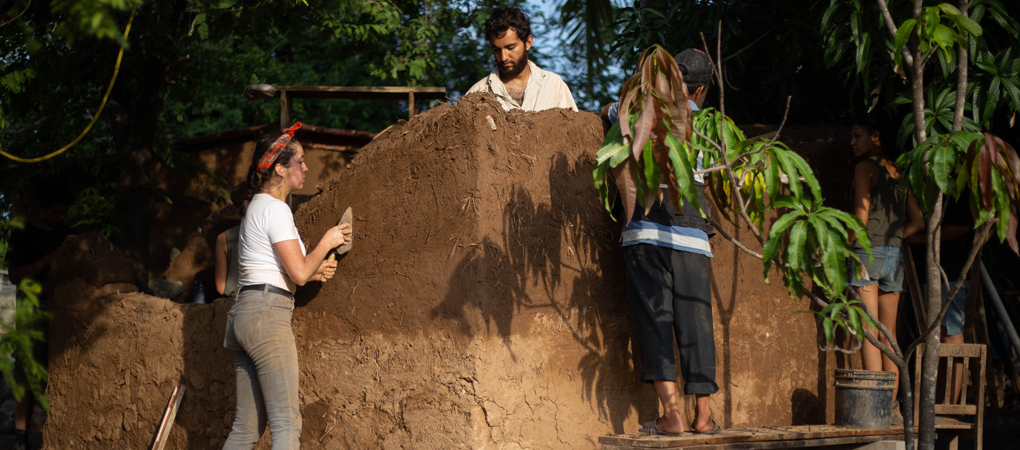
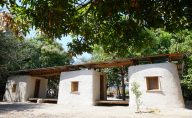
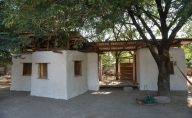
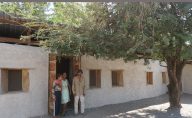
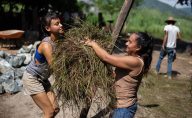
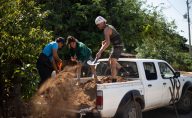
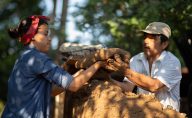
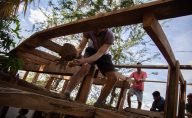
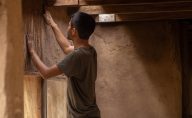
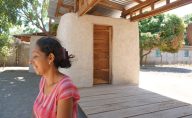
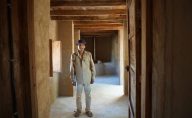
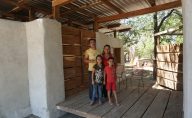
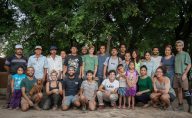
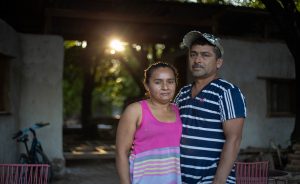 “When they came to talk to us about the project, I initially liked the idea and many of the things they talked about. But at night I said, ‘No, we’re not going to do it’… I was worried that I wouldn’t be able to… I didn’t sleep at all!
“When they came to talk to us about the project, I initially liked the idea and many of the things they talked about. But at night I said, ‘No, we’re not going to do it’… I was worried that I wouldn’t be able to… I didn’t sleep at all!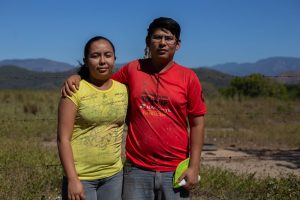 “We have been doing well, if it wasn’t for the work that was done we would have nowhere to be… now we have somewhere to sleep. Now we feel safer. Before we slept outside and now I feel safer sleeping inside with my family. I still have in my mind all the process it took, I still remember every detail. It was worth every second. Every time I get home I remember so many things… The hardest thing was to build the whole wall, it took time… but I didn’t want to back out because I thought more about my son, who needed a place to stay or sleep and also to be with my wife. That was the reason why I didn’t want to back out, more than anything else to have a place to live and a place for my son to grow up.
“We have been doing well, if it wasn’t for the work that was done we would have nowhere to be… now we have somewhere to sleep. Now we feel safer. Before we slept outside and now I feel safer sleeping inside with my family. I still have in my mind all the process it took, I still remember every detail. It was worth every second. Every time I get home I remember so many things… The hardest thing was to build the whole wall, it took time… but I didn’t want to back out because I thought more about my son, who needed a place to stay or sleep and also to be with my wife. That was the reason why I didn’t want to back out, more than anything else to have a place to live and a place for my son to grow up.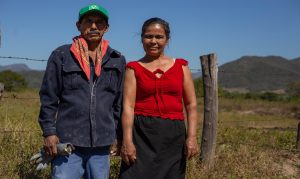 “The houses are very nice and very comfortable. In other houses you can feel the change when you enter, they are warmer and here there is a lot of ventilation, our house is cool and very pleasant. The air passes through and it doesn’t get too hot… and with the trees that provide shade – it’s very cool. A lot of people came to see how they had turned out…people liked them a lot… I tell everyone who comes here to come in, because it’s very nice. The other day there were about three [earthquakes], I don’t see any cracks, everything is fine, they don’t fall down!
“The houses are very nice and very comfortable. In other houses you can feel the change when you enter, they are warmer and here there is a lot of ventilation, our house is cool and very pleasant. The air passes through and it doesn’t get too hot… and with the trees that provide shade – it’s very cool. A lot of people came to see how they had turned out…people liked them a lot… I tell everyone who comes here to come in, because it’s very nice. The other day there were about three [earthquakes], I don’t see any cracks, everything is fine, they don’t fall down!